Making aged yuzu tea is an art that blends tradition, patience, and a keen sense of flavor. Yuzu, a citrus fruit native to East Asia, offers a unique blend of tartness and sweetness, making it an ideal base for teas that can be aged to develop even more complex and delightful flavors. This guide will walk you through the entire process of crafting aged yuzu tea, from selecting the perfect yuzu fruits to storing your finished tea for optimal aging.
Understanding Yuzu and Its Unique Qualities
Before diving into the process, it’s crucial to understand what makes yuzu special. Yuzu (Citrus junos) is a small, round citrus fruit with a thick, bumpy rind and a fragrant, slightly bitter-sweet flesh. Its peel is particularly aromatic, containing essential oils that give yuzu its distinctive flavor. Unlike other citrus fruits, yuzu’s peel is often used along with its juice in tea and culinary preparations.
Selecting the Right Yuzu Fruits
-
Seasonality: Yuzu fruits are typically harvested in winter, from late November to early February. This is the best time to source fresh, high-quality yuzu for your tea.
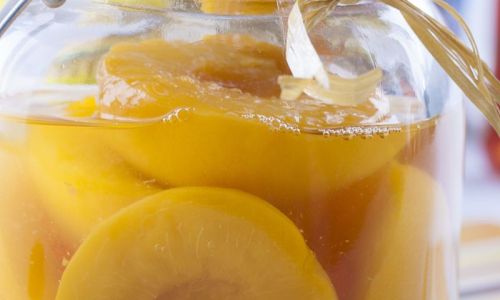
-
Appearance: Look for fruits that are firm, have a vibrant yellow-green color, and are free from blemishes or soft spots. The rind should be thick and slightly bumpy.
-
Aroma: A strong, fragrant aroma is a sign of high-quality yuzu. Sniff the fruit before purchasing to ensure it has a fresh, citrusy scent.
Preparing the Yuzu
-
Cleaning: Gently wash the yuzu fruits under running water to remove any dirt or pesticides. Pat them dry using a clean cloth.
-
Thinning the Peel: Use a vegetable peeler or sharp knife to remove the outermost layer of the peel in thin strips. Be careful not to cut too deeply into the bitter white pith beneath the peel, as this can affect the taste of your tea.
-
Juicing: Cut the yuzu in half and juice them using a citrus juicer or a hand juicer. Collect the juice in a clean bowl or jar.
Combining Ingredients for the Tea Base
-
Green Tea or Black Tea: Choose a high-quality loose-leaf green or black tea as the base for your yuzu tea. Green tea tends to complement the citrus flavors better, but black tea can also be used for a richer, more robust taste.
-
Honey or Sugar: To balance the tartness of the yuzu, add honey or a natural sweetener like cane sugar. Adjust the amount to your taste preference.
Making the Fresh Yuzu Tea
-
Brewing the Tea: In a large pot or kettle, bring fresh water to a boil. Remove from heat and add the loose-leaf tea. Allow it to steep for 3-5 minutes, depending on the desired strength.
-
Mixing the Ingredients: Once the tea is brewed, pour it into a large mixing bowl or jar. Add the freshly squeezed yuzu juice and the thinned yuzu peel strips. Stir in the honey or sugar until fully dissolved.
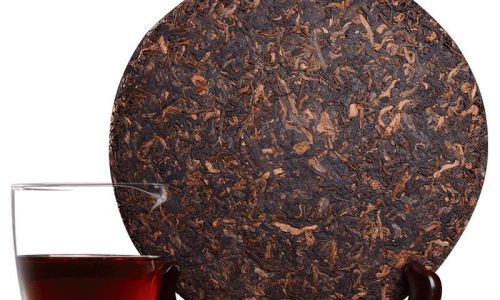
-
Tasting and Adjusting: Taste the tea and adjust the sweetness, citrusiness, or tea strength as needed. Remember, the flavors will continue to develop during aging.
Bottling and Aging the Tea
-
Bottling: Pour the tea into clean, airtight glass bottles or jars. Ensure there is minimal headspace to reduce oxidation.
-
Storage: For optimal aging, store the bottles in a cool, dark place. A basement, cellar, or a pantry away from direct sunlight is ideal. Temperatures should be consistent and ideally between 50-65°F (10-18°C).
-
Aging Period: The aging process can vary depending on personal preference. Generally, yuzu tea can be enjoyed after a few months of aging, but it will continue to develop more complex flavors over time. Some teas are aged for a year or more to achieve a deeper, more mellow taste.
Monitoring and Enjoying Your Aged Yuzu Tea
-
Occasional Checking: Periodically check on your aged yuzu tea to ensure there are no signs of mold or off-flavors. If stored correctly, the tea should develop a rich, amber color and a more rounded, harmonious flavor.
-
Tasting as You Go: Over time, periodically open a bottle to taste the tea. Note how the flavors evolve, becoming more balanced and nuanced with age.
-
Serving: When you’re ready to enjoy, pour the aged yuzu tea into a teacup or mug. It can be served hot or over ice, depending on your preference. Add a slice of fresh yuzu or a sprig of mint for an extra touch of freshness.
Conclusion
Making aged yuzu tea is a rewarding endeavor that requires patience and attention to detail. By carefully selecting and preparing the yuzu, combining it with a high-quality tea base, and aging it properly, you can create a tea that is not only delicious but also deeply satisfying. The process allows you to explore the nuances of flavor and texture that develop over time, making each batch a unique and personal experience. Whether you enjoy it after a few months or let it age for years, aged yuzu tea promises a delightful and aromatic journey through time. Happy brewing!
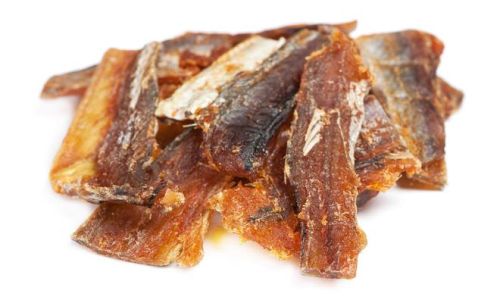

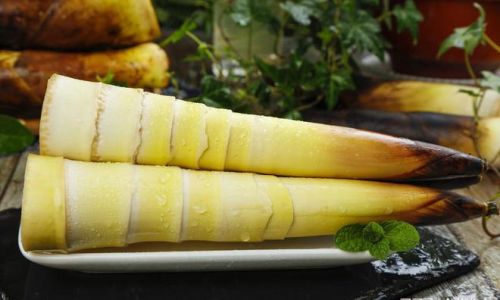
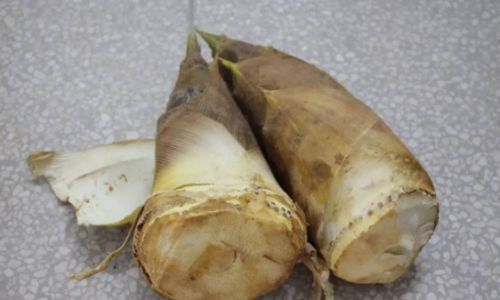
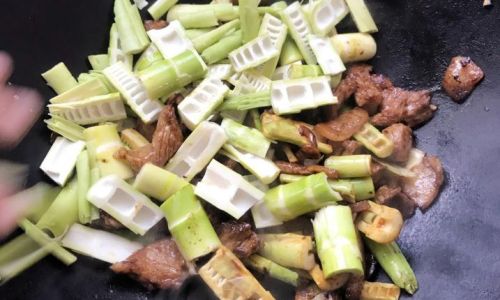
0 comments